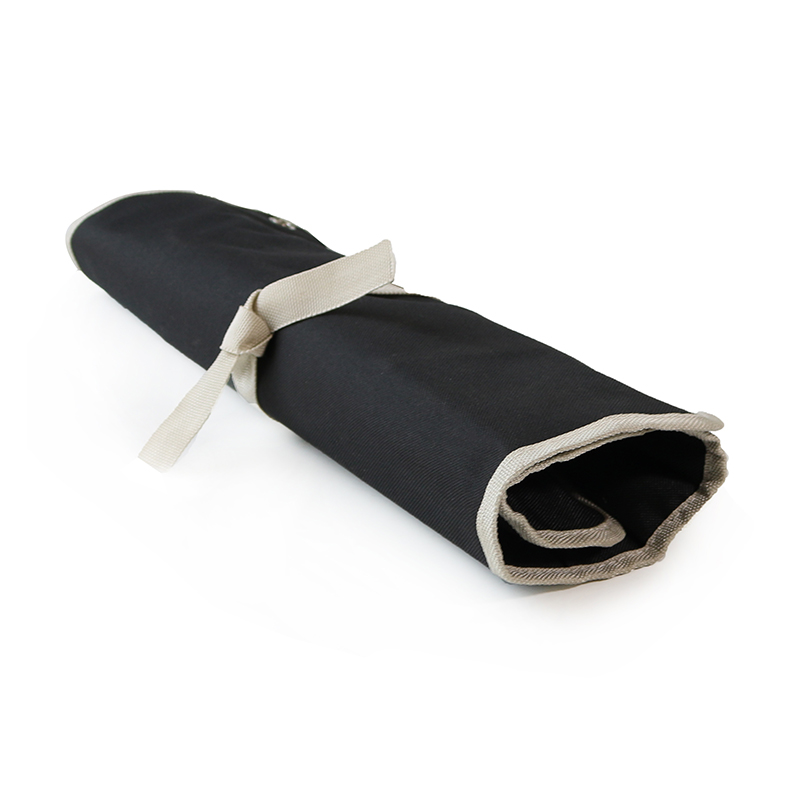Seat belts are protective equipment for high-risk workers to prevent falling injuries. They consist of belts, ropes and metal fittings. According to the performance requirements of seat belts, seat belts and ropes must be woven from raw materials such as nylon, vinylon, and silk, and electrical belts are available with yellow cattle leather. Metal fittings made of carbon steel or alloyed aluminum, wrapped with ropes, synthetic vinyls or rubber; to prevent friction and aging.
Seat belts are divided into two types, namely belts, suspension belts and climbing belts. Surrounding rods operating belts are suitable for electrician, telecom workers, gardeners and other poles. Including electrical belt with single belt type, electrical fence with anti-drop type, general type I rope rope waist belt type and so on.
Suspension and climbing operations Seat belts are suitable for use in high places such as construction, shipbuilding, installation, mining, road and railroad shunting. According to the structure is divided into a single belt type, double harness type, climbing three.
When purchasing and using seat belts, it is necessary to inspect whether the parts of the seat belts are complete or not, and the various rings of metal fittings must not be welded, the edges are smooth, and the product should have a “security inspection certificateâ€. When using the belts, there are protective sleeves on the surrounding rods. It is not allowed to drag the ropes on the ground to avoid damaging the ropes and affecting the main ropes.
It should be noted that the hanging safety belts must not be used with low hanging heights. This is because the low-hanging high-use belts are subject to great impact and have great harm to the human body. It is generally safer to use a short rope for a single belt on a shelf. If a long rope is required, a dual-belt type seat belt is preferred.
When using a safety rope, knotting is not allowed so as to prevent the rope from being cut off from the knot when a crash occurs. When using long ropes longer than 3m, additional measures should be considered, such as adding buffers, self-locking hooks, or differential speed controls on the ropes. Buffers, self-locking hooks or differential speed controllers can be used individually or in combination.
Some corporate security workers told reporters that the most important thing is to improve the safety of workers and know what is safe to operate. When they are in danger, they can actively refuse to operate. They can also wear seat belts as required. This can effectively avoid The accident occurred.
(China Labor Supplies Information Network)
Roll-up tool bag is a type of tool bag that is designed to conveniently store and transport a collection of tools. It gets its name from its ability to roll up tightly, making it easy to pack and store when not in use.
The bag typically has multiple pockets or compartments of varying sizes to accommodate a range of tools. It may also feature straps or loops to secure larger items in place.
Roll-up tool bags are often made of durable materials like canvas or nylon to withstand the wear and tear of regular use. They are popular among professionals and DIY enthusiasts alike for their portability and organization.
Some of the advantages of using a roll-up tool bag include:
-
Portability: Roll-up tool bags are lightweight and easy to transport, making them a great choice for those who need to bring their tools with them on the go.
-
Organization: With multiple compartments and pockets, a roll-up tool bag makes it easy to keep your tools organized and easily accessible.
-
Space-saving: When not in use, a roll-up tool bag can be rolled up tightly and stored in a small space, making it a great option for those with limited storage space.
-
Durability: Roll-up tool bags are often made of durable materials that can withstand regular use and the wear and tear of being transported from place to place.

Roll-Up Tool Bag,Roll Up Tool Pouch,Roll Up Tool Bag,Roll Up Bag For Tools
ZHANGJIAGANG CITY XIANGLE TOOL CO., LTD. , https://www.sjxiangletoolbag.com
